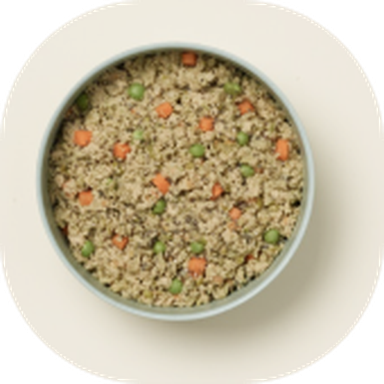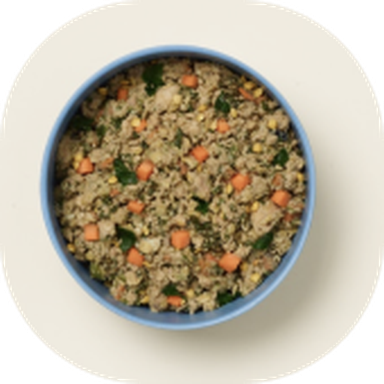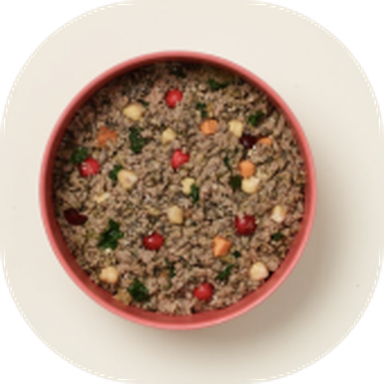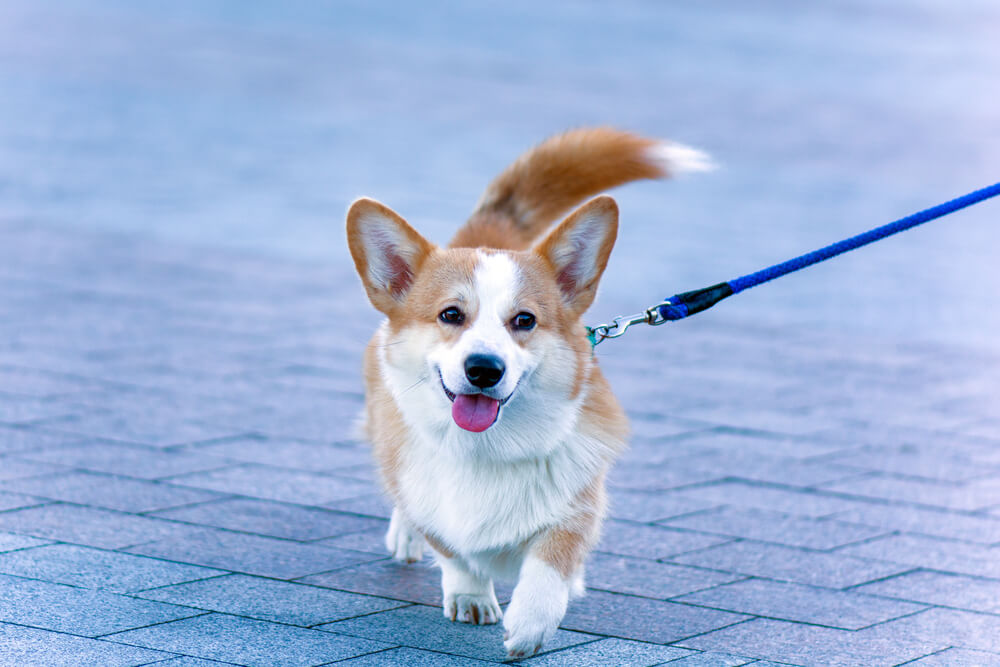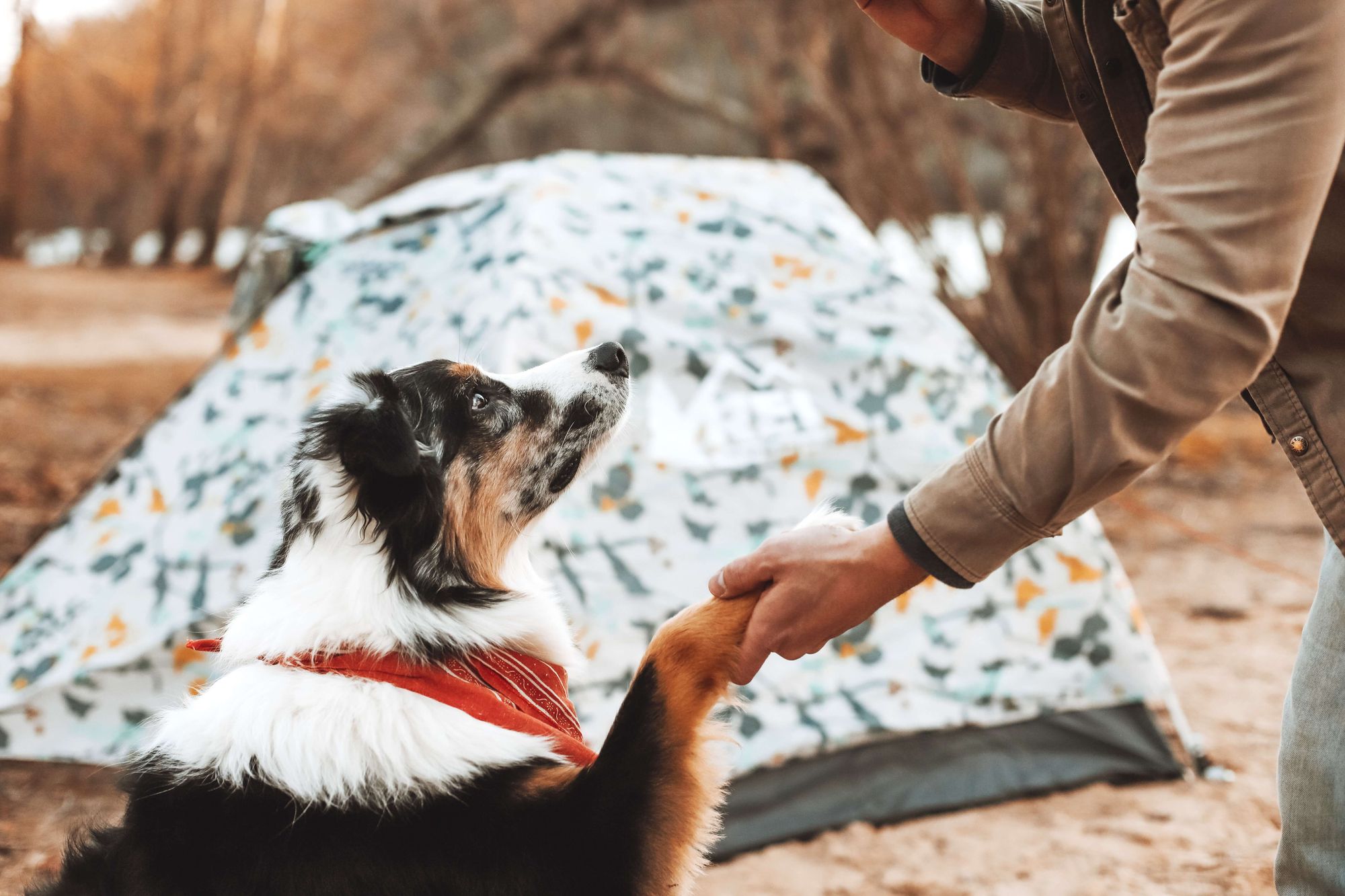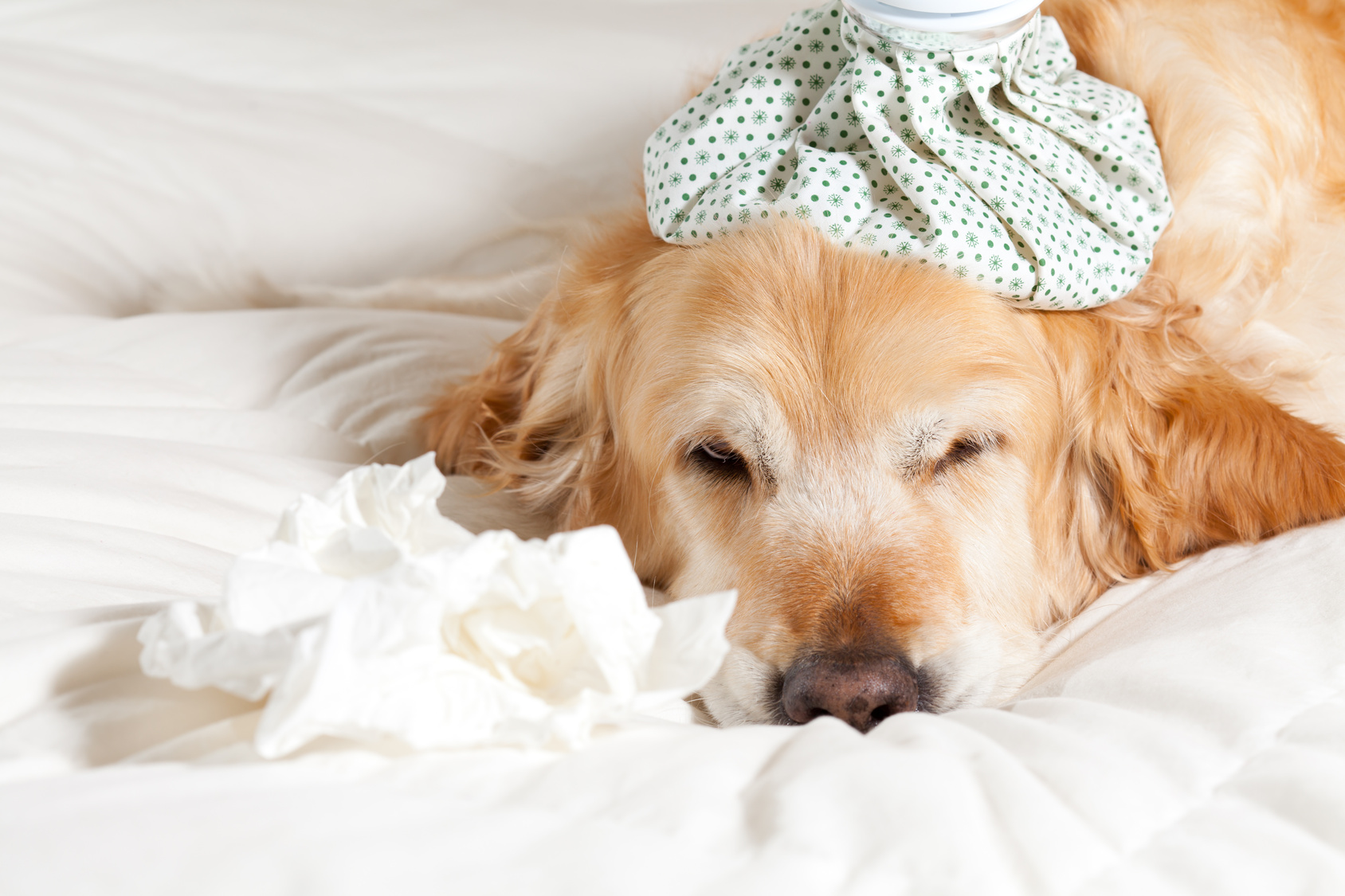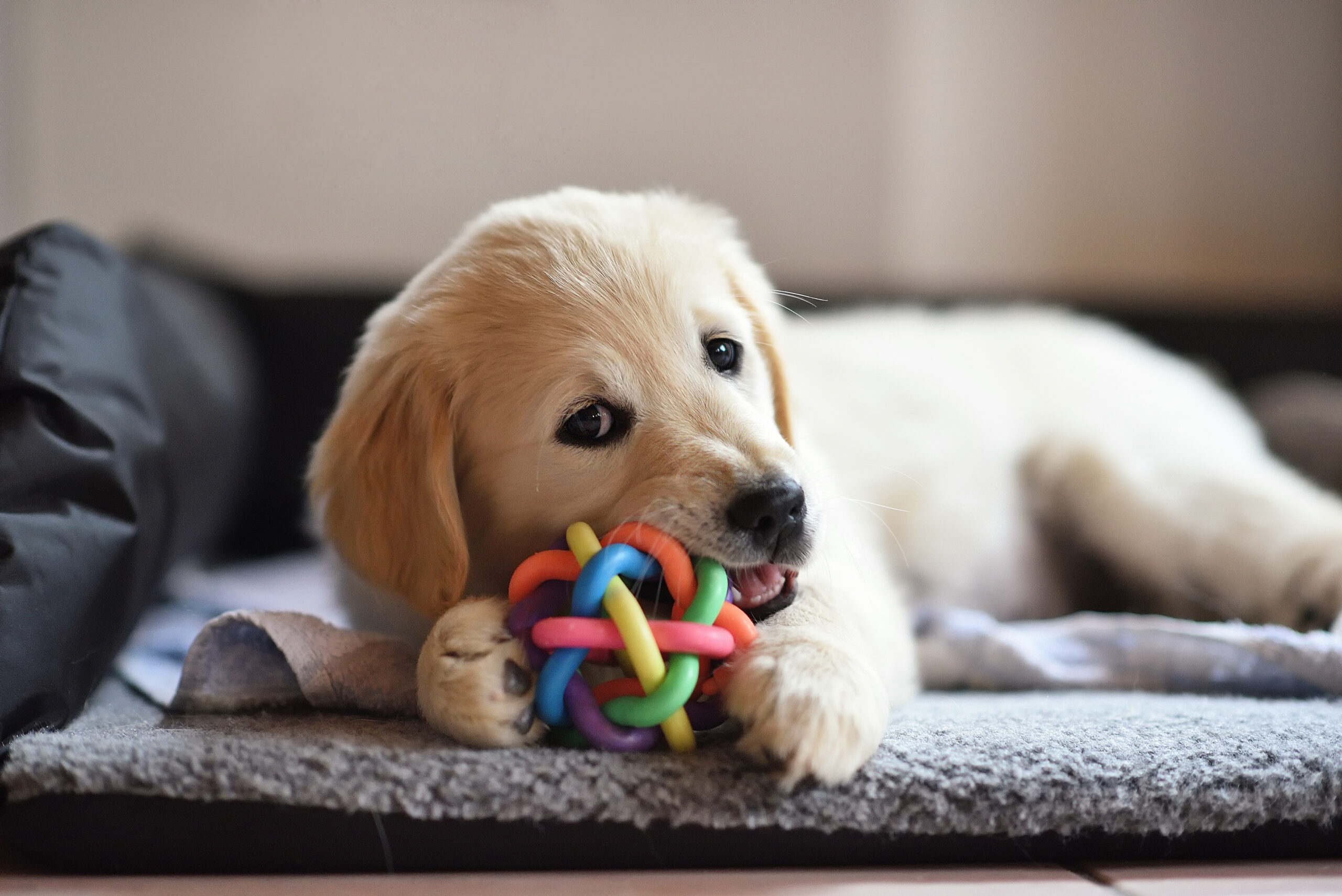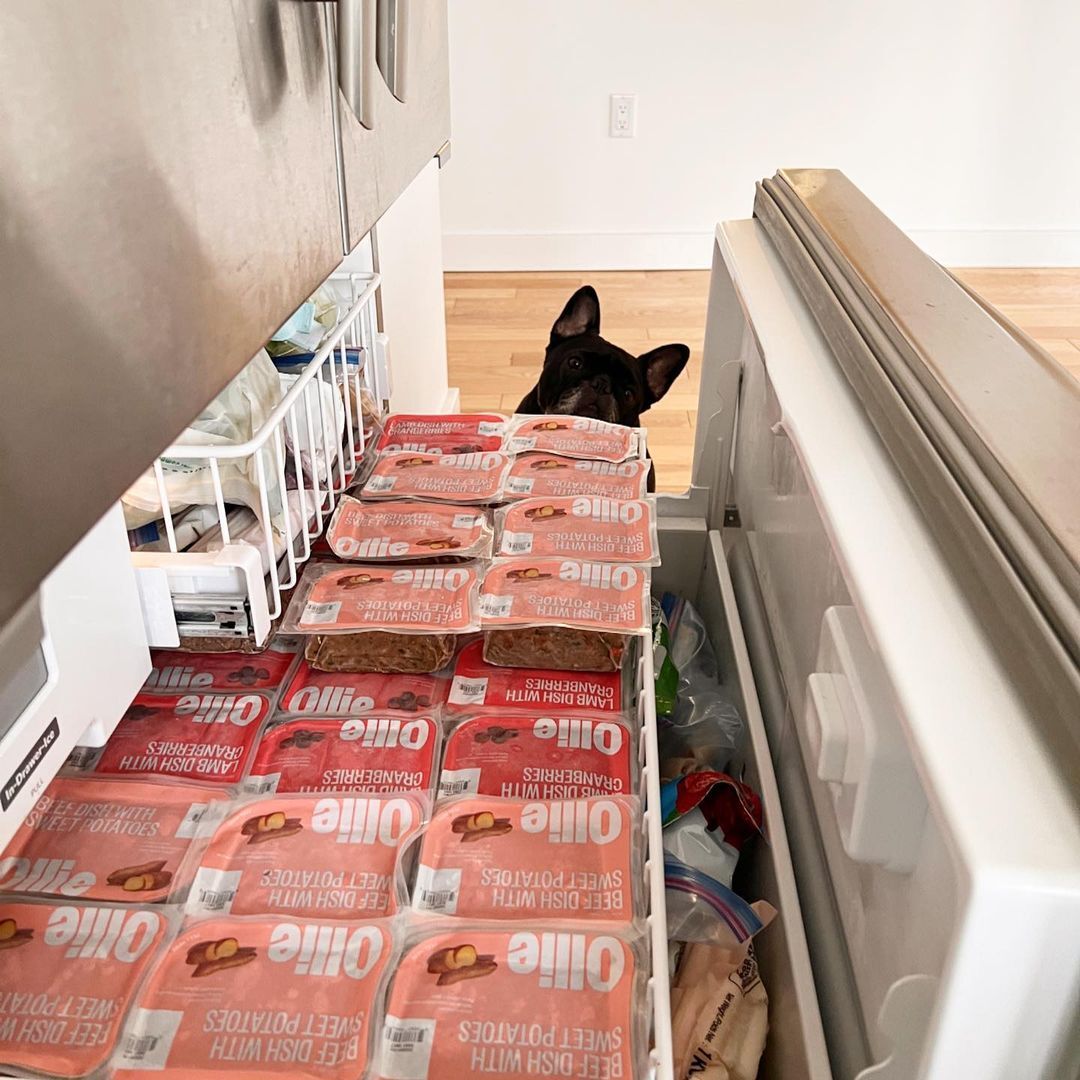Hey Ollie blog readers! We’re offering you an exclusive 60% OFF your starter box! Try now!
You’ve just welcomed a puppy into your home! You’re overwhelmed with figuring out food, finding a vet and thinking about training. There’s a lot to consider – and one of the most important things you’ll need to do is teach your new pup how to safely walk on a leash. This will help you to begin socializing your pup and helping them explore the world (even if it’s just your backyard or around the block at first). Here are 7 actionable tips for how to leash train a puppy the right way.
7 steps for training a puppy to walk on a leash
Before you get started with leash training a puppy, set yourself up for success. Get your puppy leashed up, and make sure you have plenty of treats and/or a favorite toy handy.
1. Start in an area with minimal distraction
Since your puppy doesn’t know how to walk on a leash yet, don’t start in a high distraction area like a city street at rush hour. Start teaching your dog how to walk with a leash in one room of your home. You’ll put on the collar and the leash at first and provide lots of praise and even treats. You want your puppy to think that going for a walk is fun!
Another reason to start in a quiet place, like your home or even backyard, is that some distractions can be scary for a small puppy. This is especially true if you live in a more urban area. Cars, trucks, trash cans, other animals can make your puppy very nervous at first. You’ll slowly start to introduce these elements to your puppy as you leash train them to build confidence.
Learn More About How to Potty Train a Puppy
2. Begin walking and see if your puppy will walk with you
Slowly start walking around and see if your puppy will walk with you. This is called shaping the behavior. Your puppy might catch on pretty quickly and start walking. When this happens, tell them yes (or use your marker word or clicker) and offer a reward. Do this a few times until your puppy has started to connect walking on a leash with getting treats. At this point, ignore any leash biting or behaviors you don’t want. Just keep rewarding your puppy for walking with you on a leash.
3. Use a command like “let’s walk or this way” once your puppy is walking with you
The next step is to connect walking on a leash with the command. Before you take a step, you’ll say to your dog, “let’s walk” or “with me” or another phrase of your choosing – keep it short. But other than that, it does not matter what you say as long as you’re consistent.
Guide for Why Your Dog Refuses to Walk
4. Add in the “sit” command to have your puppy sit when you stop walking
This step might be more important if you live in the city than if you live in the suburbs or a more rural area. You might want your dog to fall nicely into a sitting position when you stop walking. This will allow you and your pup to wait patiently at a traffic light or for your pup to sit calmly while you chat with a neighbor. To train this, start by adding the sit command every time you stop. Reward generously when your pup sits. Eventually, you won’t even need to use the command. When you stop, your puppy will sit.
5. Teach your puppy to walk on a loose leash
Loose leash walking means your dog is walking next to you, under your control. They are not behind you, or our in front of you pulling. This skill is a requirement for the American Kennel Club Canine Good Citizen (CGC) exam. The CGC is sometimes required by landlords or insurance companies, and is the first step in becoming a Therapy Dog. Even if your pup is not interested in earning a title, walking on a loose leash is a great skill to have!
Exercising Your Dog: Tips and Recommendations
6. Teach your puppy release words for *go say hello* or *go sniff*
It’s a big leash training no-no to expect your puppy to perform a perfect loose leash walk at all times. Dogs need time to sniff, go to the bathroom and socialize. Make sure your dog understands when they should be walking nicely at your side, and when it is okay to go sniff, say hello and take a break to go to the bathroom. Using release commands like “go sniff” and “go say hello” will help your pet know when it is okay to move around more freely. You’ll want to also make sure to teach your pup polite greeting skills both for people and other dogs.
7. Practice, practice, practice
Training a puppy to walk on a leash, as well as other manners for when you’re out and about takes time. Remember to keep training sessions short and positive. Offer lots of treats, praise and play for a job well done. If your pup seems tired or unfocused, don’t try to train through it. Let them rest or do something else and come back to training when you’re both ready to work.
This advice goes for you too – training when you’re tired, frustrated or having a bad day rarely yields the results you want. Try to practice a few times a day. Puppies have very short attention spans, so 10 minutes a few times a day will have a big impact.
Training a puppy to walk on a leash is work
Walking on a leash is a skill your new pup will need to learn. If you bring home an older rescue pup, they also might need a refresher (or lesson) on leash skills and manners.
Without any training, your pup might think the leash is a toy. You will most likely see your puppy bite at the leash or grab it with their mouth. It might seem like your dog is trying to walk themselves, and while it can be adorable, this is not a behavior you’ll want to encourage.
Tips for Training Your Food-Motivated Dog
You may also notice your dog pulling you to where he or she wants to go. Dogs, especially puppies, learn about the world through their noses and mouths. Your dog may pull you to check out an interesting smell or meet a new friend. Young puppies are still learning social skills and older dogs may not love a puppy rushing into their space. You’ll need to help your pup learn more appropriate greetings.
Tips to avoid pulling on the leash
First, you have to be ready to stop when your dog pulls on their leash. Simply stop walking, and don’t give them any verbal cues. Some trainers refer to this as “acting like a tree.”
If you can stand the wait, give your puppy time to turn their focus back to you. If you do not want to wait or the area is too distracting, get your dog’s attention by using your look or touch cue, or simply call your dog’s name.
Once you get your pup’s attention, offer praise. If you’re using a clicker, click and treat the moment your dog looks back to you. If you are not clicking, be sure to let them know verbally that looking back to you is exactly what you like and reinforce that with a positive, “Yes!”
At this point, you can start walking again. Your dog will connect that the treat was for paying attention to you and not pulling. You can start your walk with a cue like “let’s go!” to let your puppy know he can start moving again.
Once you’ve mastered this, you can practice walking at different speeds using the same no-pulling rules. You can also train your pup to respond to a “right here” cue, where your dog comes to your side by marking (click or “yes!”) and a treat.
How to Turn Your Dog’s Walk into a Workout
When to ask a professional for help with leash training
There will be times when your puppy isn’t listening to you or you feel like you’re getting nowhere. Try not to get frustrated with your puppy – they’re learning a lot. Not just about walking on a leash but about how the world works.
If your puppy isn’t listening during a leash training session, start by trying to redirect them to something else to get their attention back. If that doesn’t work, take a break and come back to the skill you were trying to work on. Like us, puppies can get overworked or even bored with doing the same thing over and over.
If you’re struggling with how to leash train a puppy, consider enrolling in a puppy kindergarten or obedience class. This will allow you to meet other people (and puppies) and learn from an experienced trainer. Look for trainers with the CPDT-KA credentials who use positive reinforcement and fear-free training methods.
Dog Running Away? An Expert Shares Tips for Prevention
Choosing the right collar for your puppy
To start teaching your new puppy some leash manners, you’ll want to start with the right equipment. If you aren’t sure which of these collars or harnesses is most appropriate for your pup, consult a knowledgeable dog trainer.
Flat collar
This is the most basic type of collar that you see on most dogs. The collar is flat to the dog’s neck and can be made out of nylon, polyester or leather. The buckle can be made out of plastic or metal and they’re usually adjustable to make sure you get a good fit for your pup. ID tags and proof of rabies tags can be attached to a D-ring on these collars.
Slip collar
Sometimes as an all-in-one with the leash attached, the slip collar can be easily put on and taken off your pet. Many slip collars have a rubber stopper to prevent them from overtightening. You should not leave your pet unsupervised in this style of collar as there is a choking risk.
Martingale collar
These collars have an extra “loop” and tighten when the dog pulls. They then relax when the dog stops. Martingale collars can be helpful for dogs who pull or frequently slip their flat collars. They are considered safer than choke or prong style collars. If your dog has a large neck and a small head, this might be the right collar for your dog.
Head collar
These collars loop over your dog’s muzzle and can help stop strong pullers. While they don’t teach your dog not to pull, they do reduce their pulling power. This is because dogs can’t put as much muscle into their muzzles as they can their bodies. Popular brands include the Gentle Leader and the Halti Head Collar.
Rear clip harness
These harnesses go around your dog’s body and the leash clips on their backs between their shoulder blades. Harnesses can come in handy for dogs who have skin issues or can’t wear a collar on their neck for whatever reason. When fitted properly, your dog should not be able to slip out of a harness. The downside to using a rear clip harness when walking is that they can encourage your dog to pull. This is because when your pup pulls they’ll create some pressure and their instinct will be to pull into the pressure. This is the reason why sled dogs wear this type of harness when they are pulling a sled – the opposite of the behavior you want when you’re teaching your puppy to walk on a leash.
Front clip harness
This type of harness has the leash attached in the middle of your dog’s chest. When your dog pulls in a front clip harness, their attention is redirected to you. Unlike the rear clip harness, this type of harness discourages pulling. A popular brand of front clip harness is the Easy Walk harness.
8 Smart Home Products for Dogs
Choosing the best leash
There are a few things to take into consideration when choosing a leash for your dog. The first is the length of the leash. Some cities and states have laws requiring leashes be no longer than 6 feet long.
You will want to find something that is easy to grip and feels good in your hands. Leashes come in many different widths as well. Make sure to choose something that is appropriate to your dog’s size. The larger and stronger your dog, the thicker the leash you may want.
We love these convertible leashes from Fable Pets and Bold Lead Designs.
The Ollie blog is devoted to helping pet parents lead healthier lives with their pups. If you want to learn more about our fresh, human-grade food, check out MyOllie.com.

The nutrition your dog needs,
the food they want.
Tagged As:

The nutrition your dog needs,
the food they want.

Enjoying our articles? Subscribe our Newsletters and get new articles directly to your inbox
You might also like
20 June 2024
9 MINS READ
Owner Guide: New Puppy Checklist
Welcoming a new puppy into your life and home is an exciting time filled with “firsts,” but this magical time also requires careful planning to ensure a positive transition for your pup. Prepa…
by Ollie Pets
22 June 2023
6 MINS READ
Why Are Dogs Scared of Fireworks? How to Help Your Dog Cope With Fireworks Anxiety
Fireworks may be summer’s soundtrack, but these loud and sudden noises signal terror for many noise-sensitive pups. Learn why dogs become so rattled by fireworks and how you can help your pup fee…
4 March 2023
2 MINS READ
Tips for Organizing Your Ollie
Keep your pup’s mealtime routine neat and tidy with these organizing tips and tricks from the Ollie pack.
by Ollie Pets

